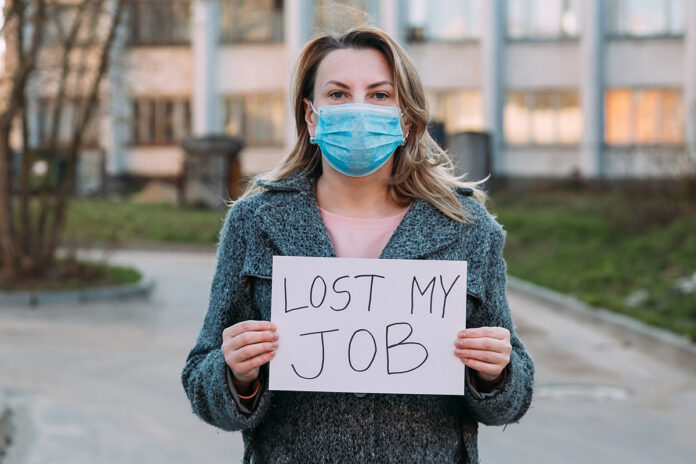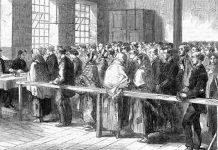Employment statistics published by the Office for National Statistics this morning show the U.K.’s unemployment rate continued to increase and the employment rate continued to fall.
The unemployment rate is estimated at 5.1 percent, 1.3 percentage points higher than a year earlier and 0.4 percentage points higher than the previous quarter.
The figures show 726,000 fewer people are currently in payrolled employment than before the start of the pandemic.
Almost three-fifths of this fall, 425,000, has come from those aged under-25.
Our survey shows that the unemployment rate has had the biggest annual rise since the financial crisis,” said Jonathan Athow, ONS deputy national statistician for economic statistics.
However, the proportion of people who are neither working nor looking for work has stabilised after rising sharply at the start of the pandemic, with many people who lost their jobs early on having now started looking for work.”
Rebecca McDonald, Senior Economist at the Joseph Rowntree Foundation, said:
“The end of lockdown may be in sight but today’s figures are a reminder that the journey to economic recovery will be long. Unemployment is high and millions of families are already relying on Universal Credit to keep their heads above water. That number will only grow as furlough is unwound and unemployment peaks later this year.
“When he laid out his roadmap for easing Covid restrictions yesterday, the Prime Minister rightly urged caution, and this needs to extend to the economic recovery too. While there is now a roadmap, recovery from the last year will be uneven and cutting the £20 weekly increase to Universal Credit just as unemployment is set to peak would pull hundreds of thousands into poverty.
“The plan to extend the £20 lifeline for only 6 months risks undermining the road to recovery – the opposite of cautious – and we need the Chancellor to reflect on this ahead of the Budget.”







